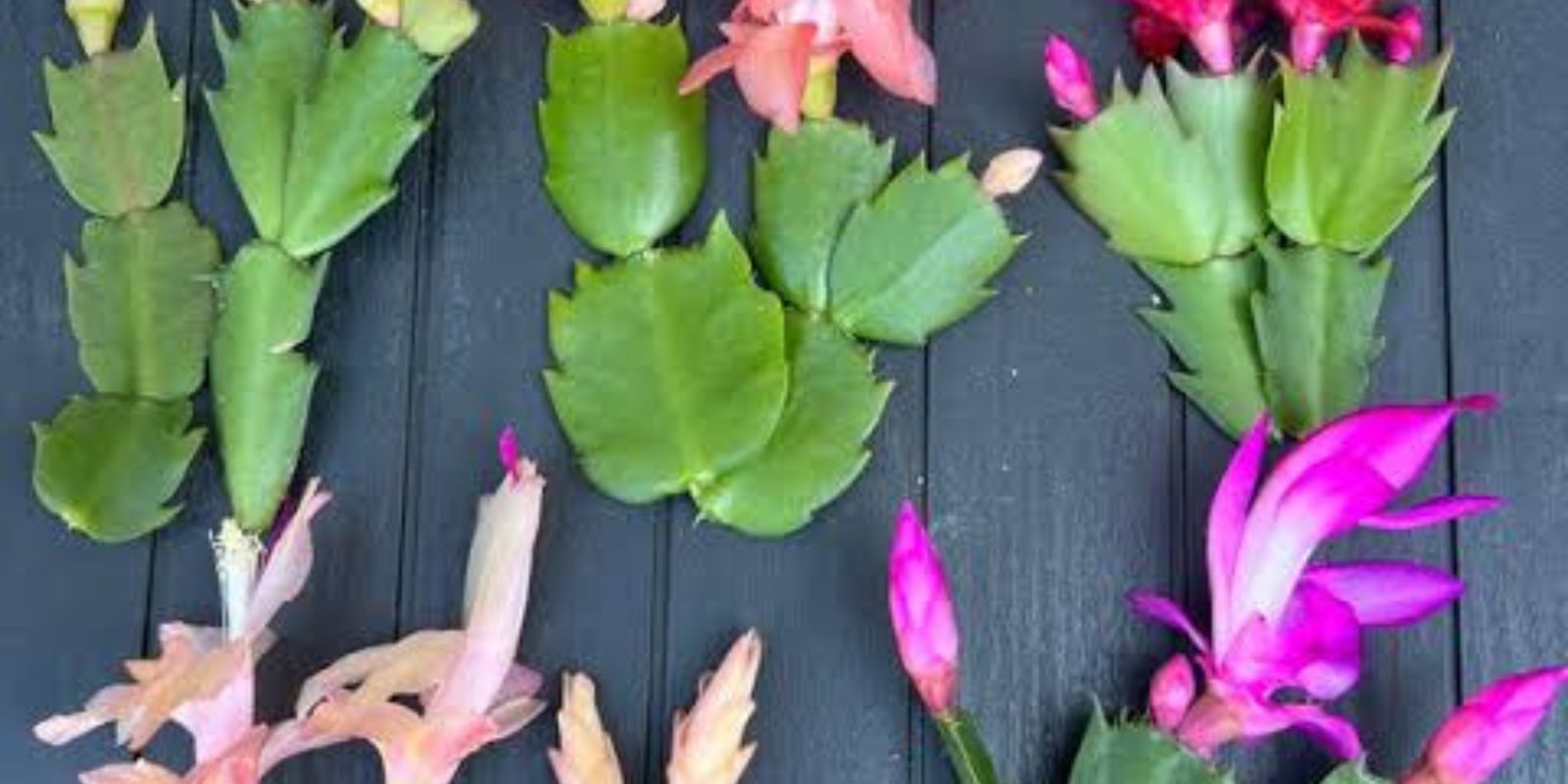The Christmas cactus (Schlumbergera) is a favorite among houseplant enthusiasts, especially during the holiday season. Known for its vibrant, tubular blooms, this plant has a way of brightening homes when the weather outside feels dreary. But many gardeners struggle with getting their Christmas cactus to bloom—or worse, they see buds form only to drop off prematurely.
If you’ve ever wondered how to achieve an abundant display of flowers, you’re in the right place. This guide will cover everything you need to know to coax your Christmas cactus into producing a stunning floral show.
Understanding the Christmas Cactus
The Christmas cactus is not your typical desert cactus. Originating in the rainforests of Brazil, it thrives in conditions that mimic its natural habitat: indirect light, moderate humidity, and consistent moisture. Its blooming cycle is tied to changes in light and temperature, which makes timing and conditions key to encouraging flowering.
Why Your Christmas Cactus Isn’t Blooming
Before diving into the solutions, let’s explore some common reasons your cactus might not be blooming:
- Inconsistent Lighting: Too much light during its critical dormancy period can prevent bud formation.
- Improper Watering: Overwatering or underwatering can stress the plant and hinder blooms.
- Temperature Fluctuations: Sudden temperature changes can cause buds to drop.
- Lack of Nutrients: Without proper feeding, the plant may lack the energy to produce flowers.
Now that you know what might be holding your plant back, let’s look at how to unlock its full potential.
Steps to Achieve Abundant Blooms
1. Create the Perfect Dormancy Period
The key to abundant blooms lies in giving your Christmas cactus a period of rest before its blooming season. Here’s how:
- Timing: Begin the dormancy period in early fall, around September or October.
- Lighting: Place the plant in a location where it will receive 12-14 hours of darkness daily. If you can’t find a naturally dark spot, cover it with a cloth or cardboard box at night.
- Watering: Reduce watering during dormancy. Only water when the top inch of soil is dry.
This period signals to the plant that it’s time to prepare for blooming.
2. Expose to the Right Light Conditions
After dormancy, move the plant to a spot with bright, indirect sunlight. Avoid direct sunlight, as it can scorch the leaves. The balance of light and darkness is crucial for flower production.
3. Water with Care
Once buds begin to form, gradually increase watering. Keep the soil moist but not soggy. Watering inconsistently during this phase can cause buds to drop.
4. Fertilize for Flower Power
Feed your Christmas cactus with a high-phosphorus fertilizer every two weeks as soon as buds appear. Phosphorus helps promote vibrant and abundant blooms. Look for a fertilizer labeled for flowering plants and follow the recommended dosage.
5. Maintain Ideal Temperatures
Christmas cactus prefers temperatures between 60-70°F (15-21°C). Avoid placing it near heat sources, cold drafts, or areas with fluctuating temperatures, as these conditions can stress the plant and lead to bud drop.
6. Avoid Frequent Repotting
Christmas cacti bloom best when they are slightly root-bound. Repotting too often disrupts the plant and can delay flowering. Only repot every 2-3 years or when the roots are visibly outgrowing the pot.
7. Prune Smartly
Pruning after the flowering season helps encourage bushier growth and more blooming points for the following year. Simply twist off a few segments from each branch and use them to propagate new plants!
Troubleshooting Common Issues
1. Bud Drop
- Cause: Sudden changes in light, temperature, or watering.
- Solution: Keep the plant’s environment consistent and avoid moving it once buds have formed.
2. Yellowing Leaves
- Cause: Overwatering or poor drainage.
- Solution: Allow the soil to dry out slightly between waterings and ensure the pot has adequate drainage.
3. Lack of Blooms
- Cause: Insufficient dormancy or improper light exposure.
- Solution: Follow the dormancy and light exposure steps carefully.
Bonus Tips for Maximum Blooms
- Use Epsom Salt
- Mix 1 teaspoon of Epsom salt in a gallon of water and use it monthly during the growing season. This provides magnesium, which supports healthy blooming.
- Group with Other Plants
- Christmas cacti enjoy moderate humidity. Grouping them with other plants or placing a tray of water nearby can help maintain ideal humidity levels.
- Rotate the Plant
- Rotate the pot every few weeks to ensure even growth and blooming on all sides.
- Propagate for More Blooms
- Take cuttings after the flowering season to grow new plants. This not only multiplies your collection but also ensures blooms in multiple locations around your home.
The Joy of a Blooming Christmas Cactus
A Christmas cactus in full bloom is a true spectacle. Its colorful flowers—ranging from pink and red to white and yellow—are a reward for your care and patience. By following these steps, you’ll not only enjoy an abundant display of blooms but also ensure your plant thrives for years to come.
💬 What are your tips for getting Christmas cacti to bloom? Let us know in the comments!
#ChristmasCactusCare #BloomingTips #GardeningHacks #IndoorPlants #FlowerPower #HouseplantJoy

